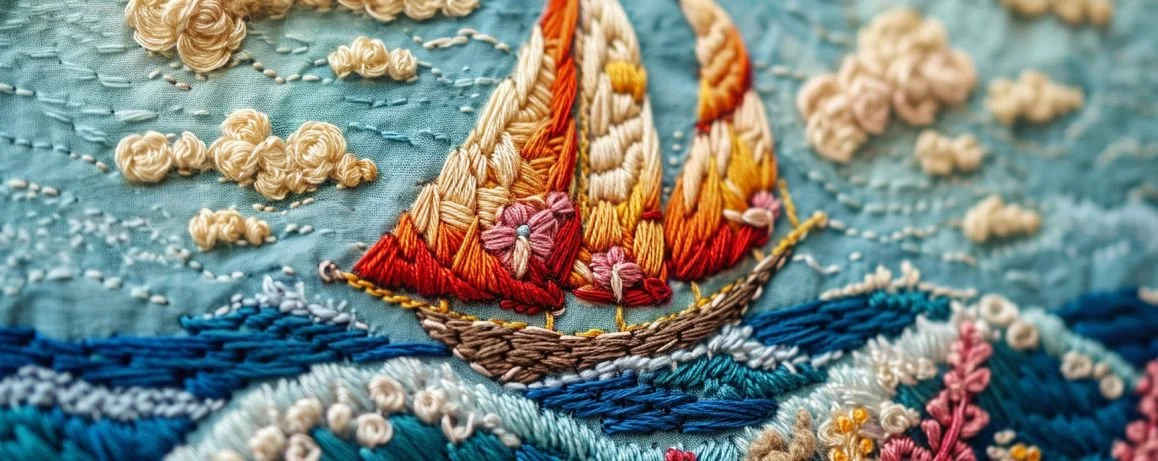Embroidery
Overview
Embroidery, the art of decorating fabric with needle and thread, is a craft rich in history and diversity. It involves various stitches and techniques to create intricate designs on textiles. Practiced worldwide, embroidery serves both functional and artistic purposes, from reinforcing clothing to producing stunning works of art. Its versatility extends across various cultures, each contributing unique styles and motifs.
Techniques
Practice Regularly: Making embroidery a routine practice fosters better handling of the craft, leads to improvement of the stitching technique and enhances hand-eye coordination.
Experiment with Different Stitch Types: The variety in embroidery is endless, so learning and using different types of stitches like cross stitch, blanket stitch, or satin stitch aids in honing one’s skills.
Learn to Transfer Designs: Learning how to perfectly transfer designs on fabric using different methods like tracing, iron-on transfers or water-soluble stabilizer will help to increase precision in embroidery.
Create Original Designs: Making unique designs promotes creativity and versatility, which are essential for a good embroidery artist.
Experiment with Different Fabrics: Every fabric reacts differently to embroidery, so learning how to work with various types of fabric will broaden your skillset.
Master Threading the Needle: Learning how to accurately thread different types of needles for various embroidery threads will assist in maintaining neat and consistent stitches.
Use Proper Lighting: Having good lighting is essential for precise stitching and reducing eye strain, thereby improving overall performance.
Take Care of Your Tools: Regular maintenance and cleaning of embroidery tools, such as scissors, hooping clamps, and needles, ensures better stitching, precise cutting, and less hassle during the embroidery process.

